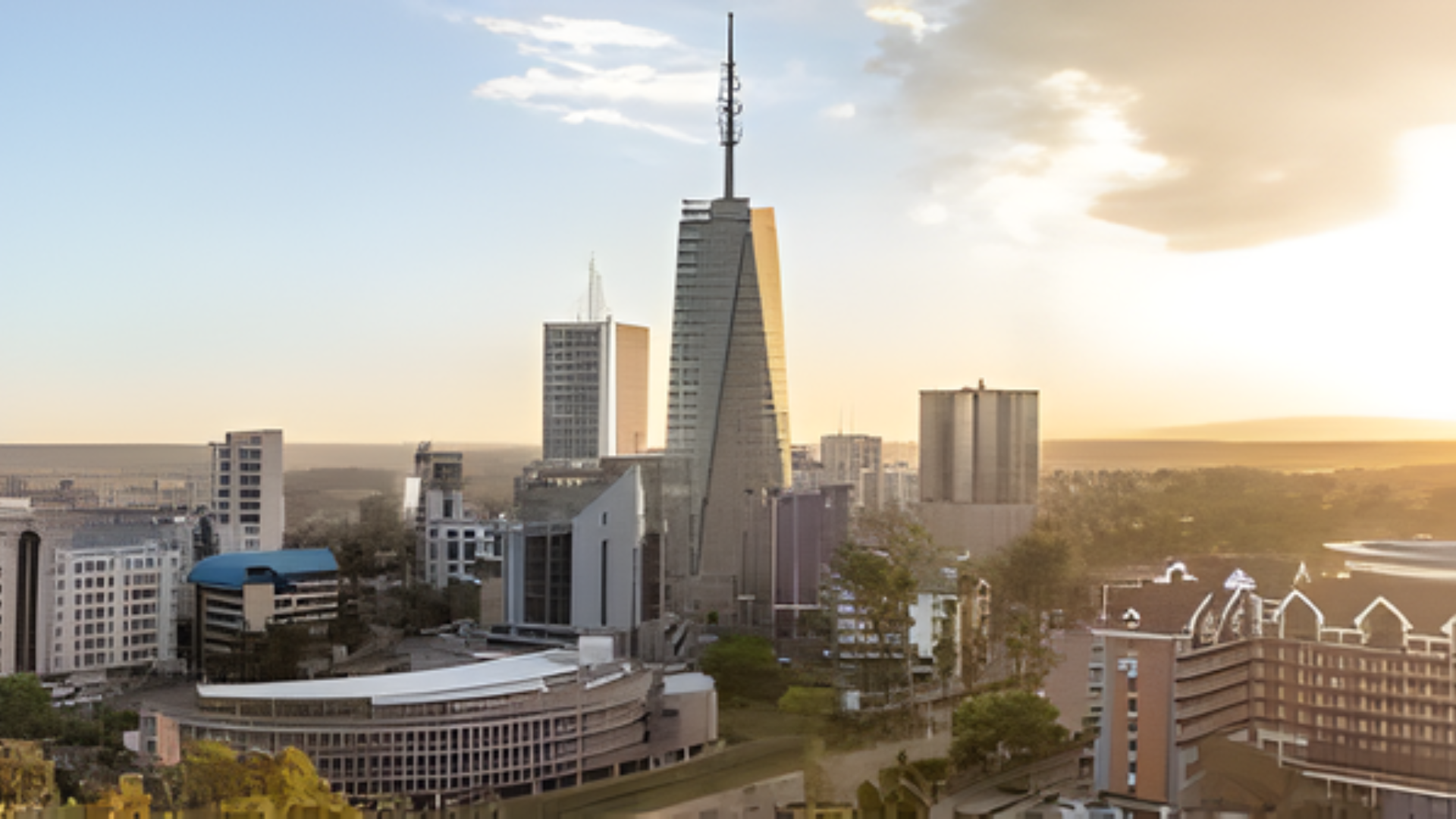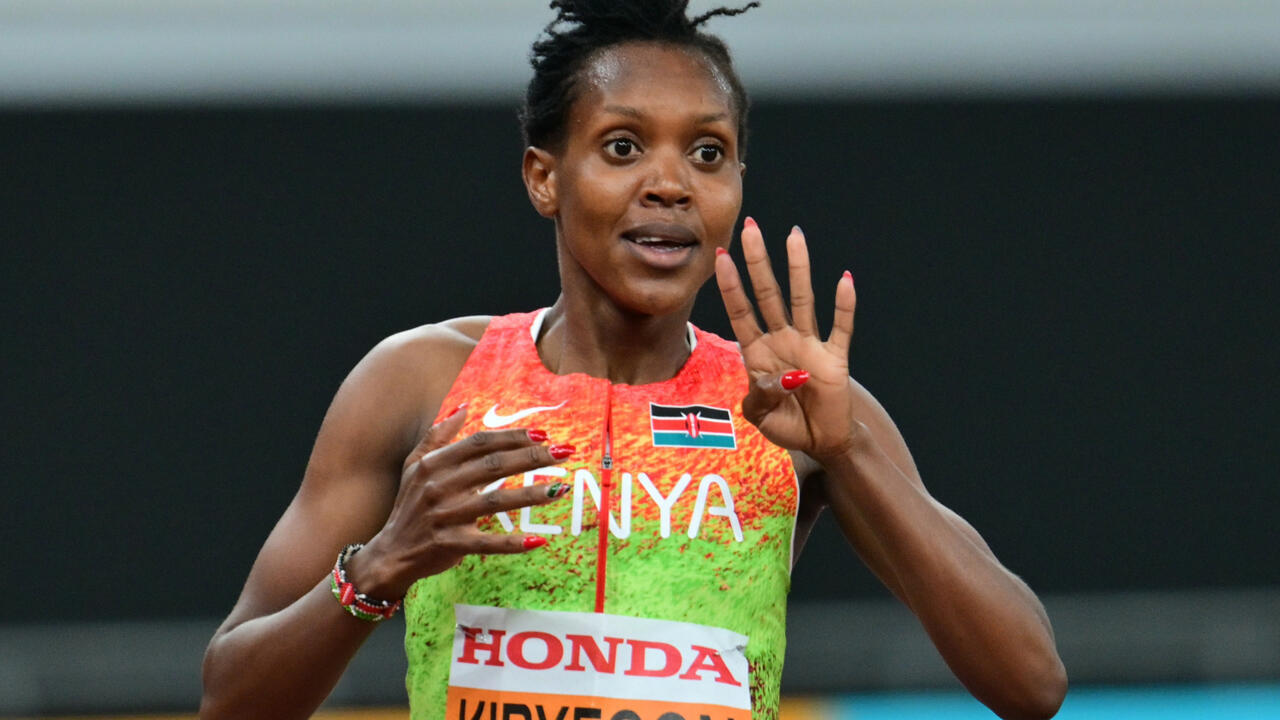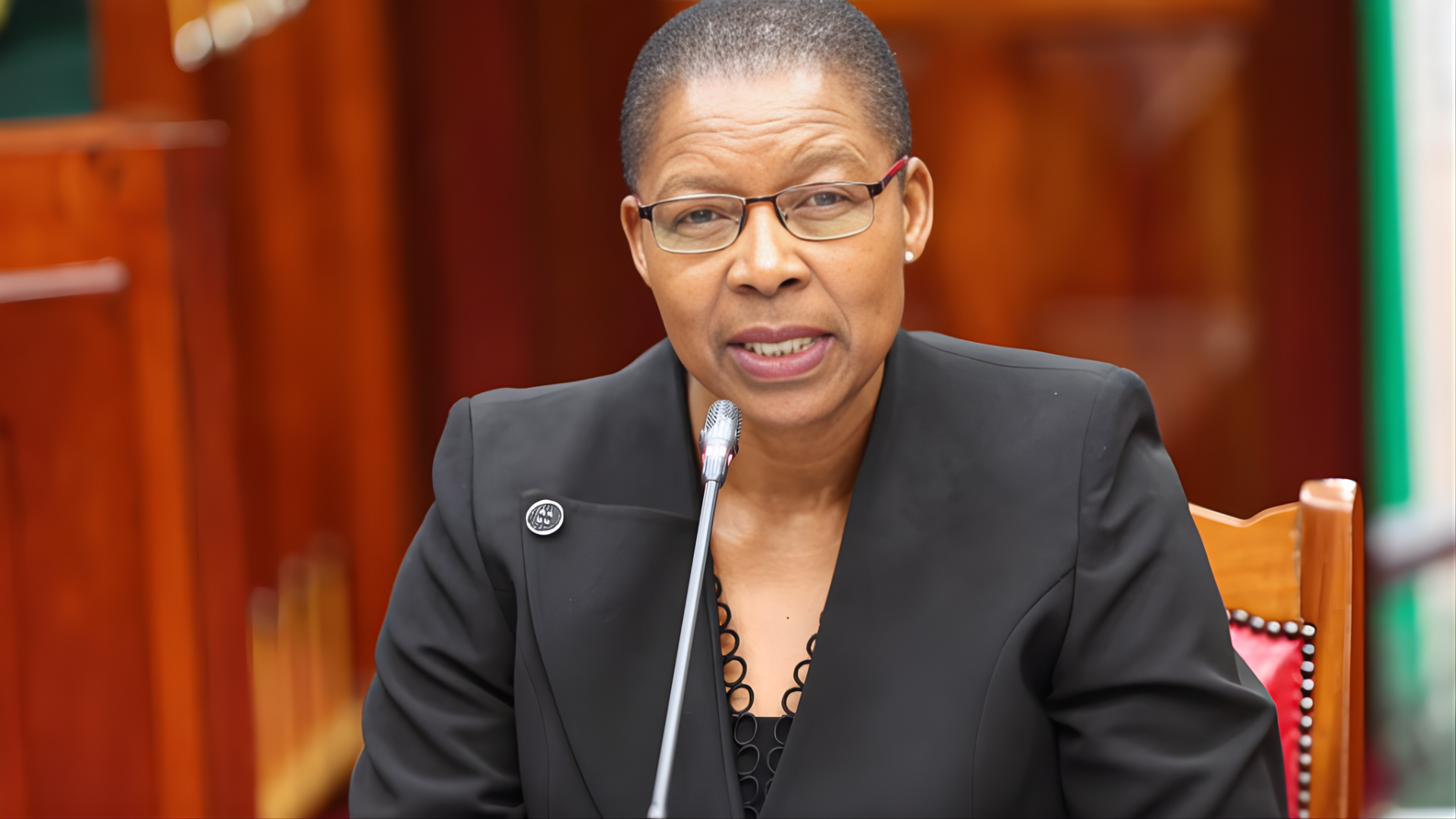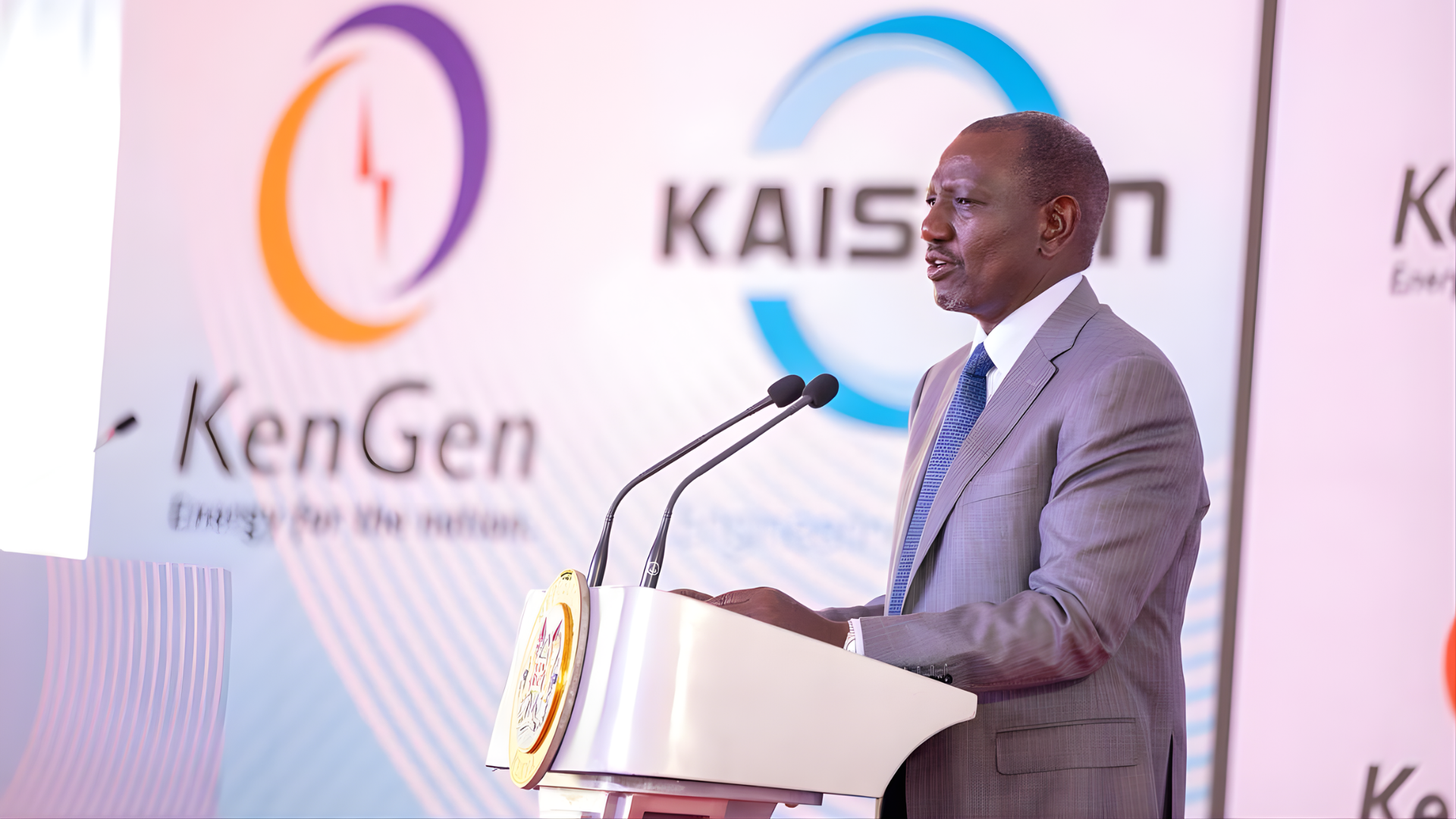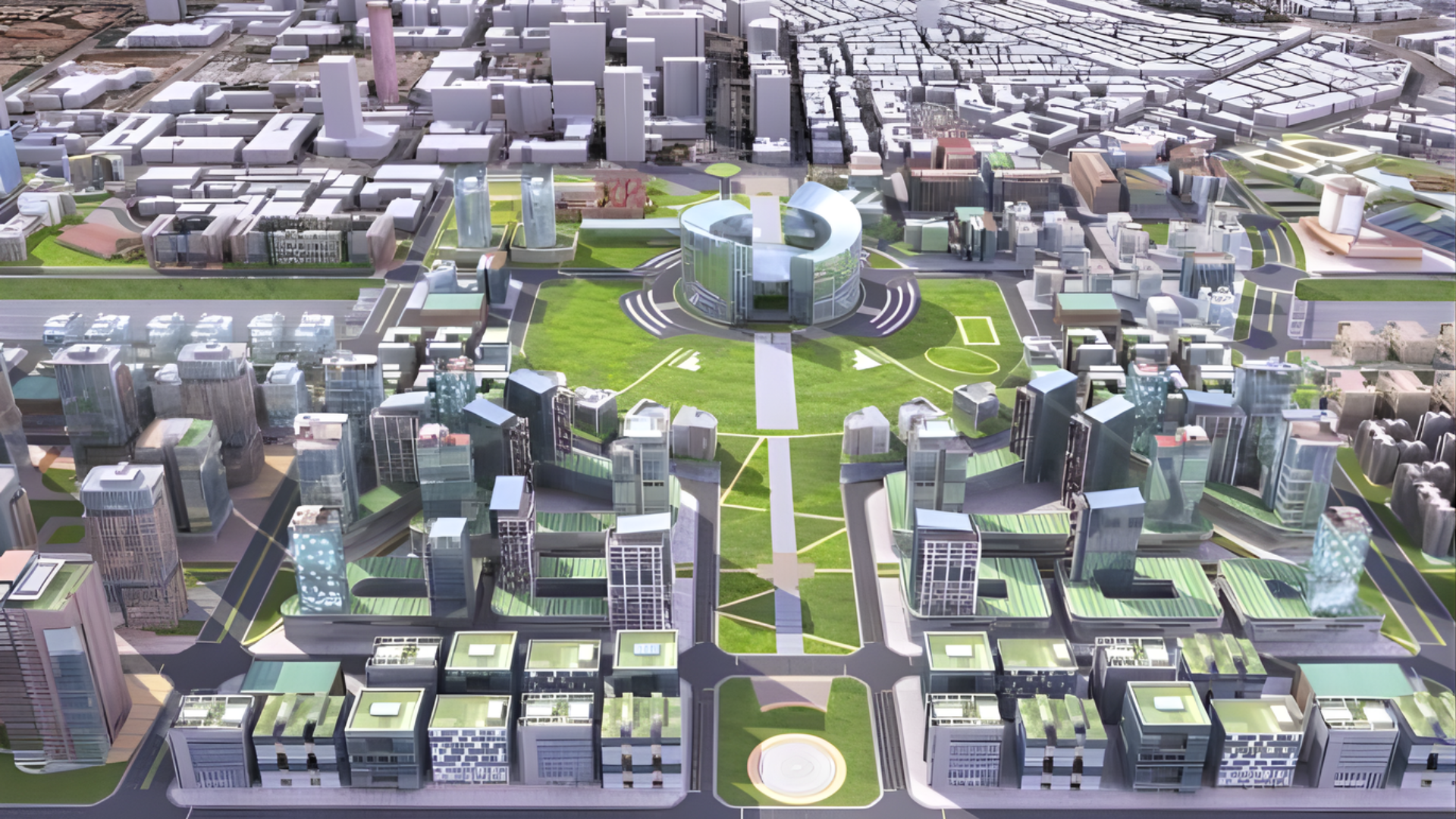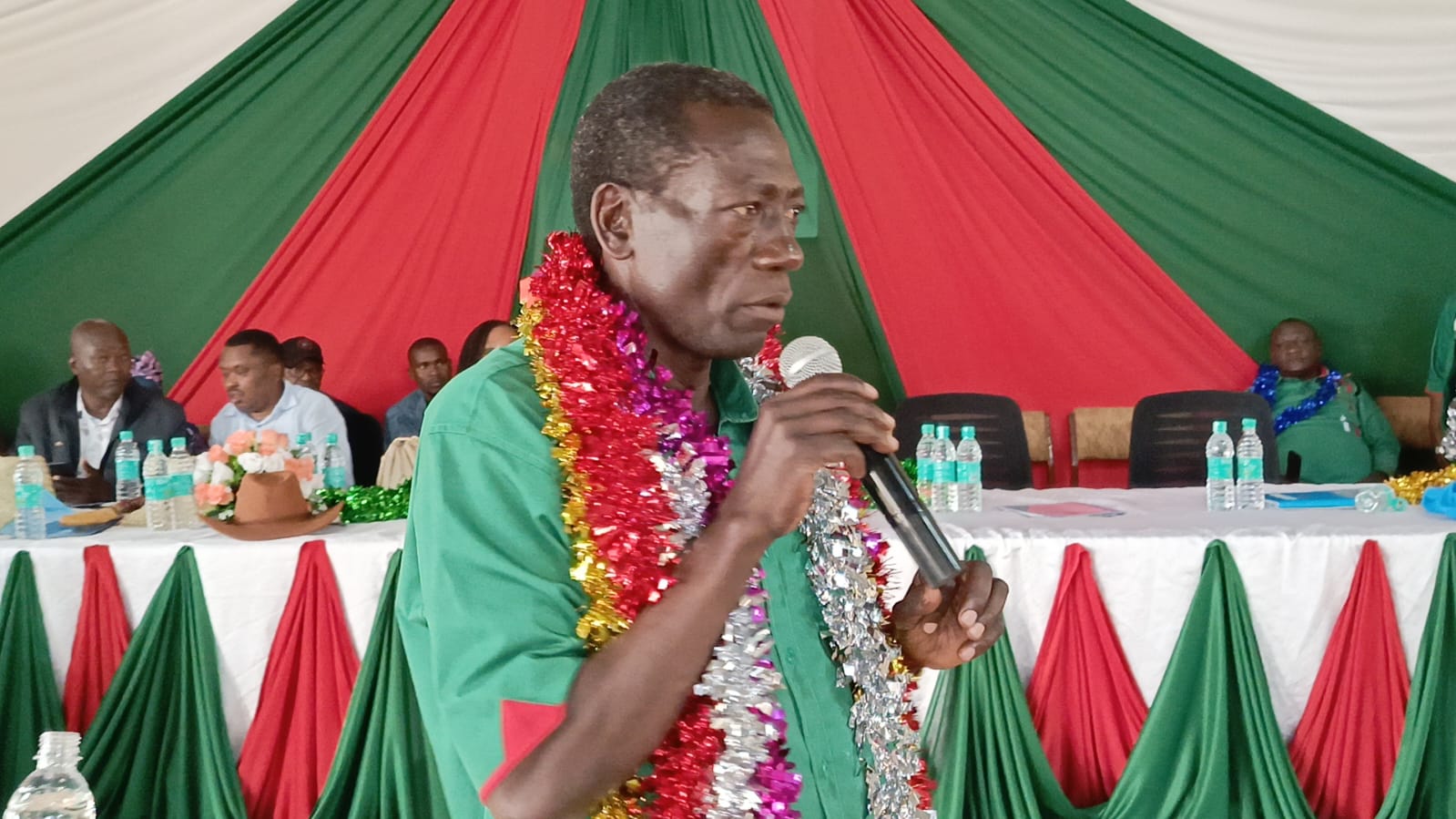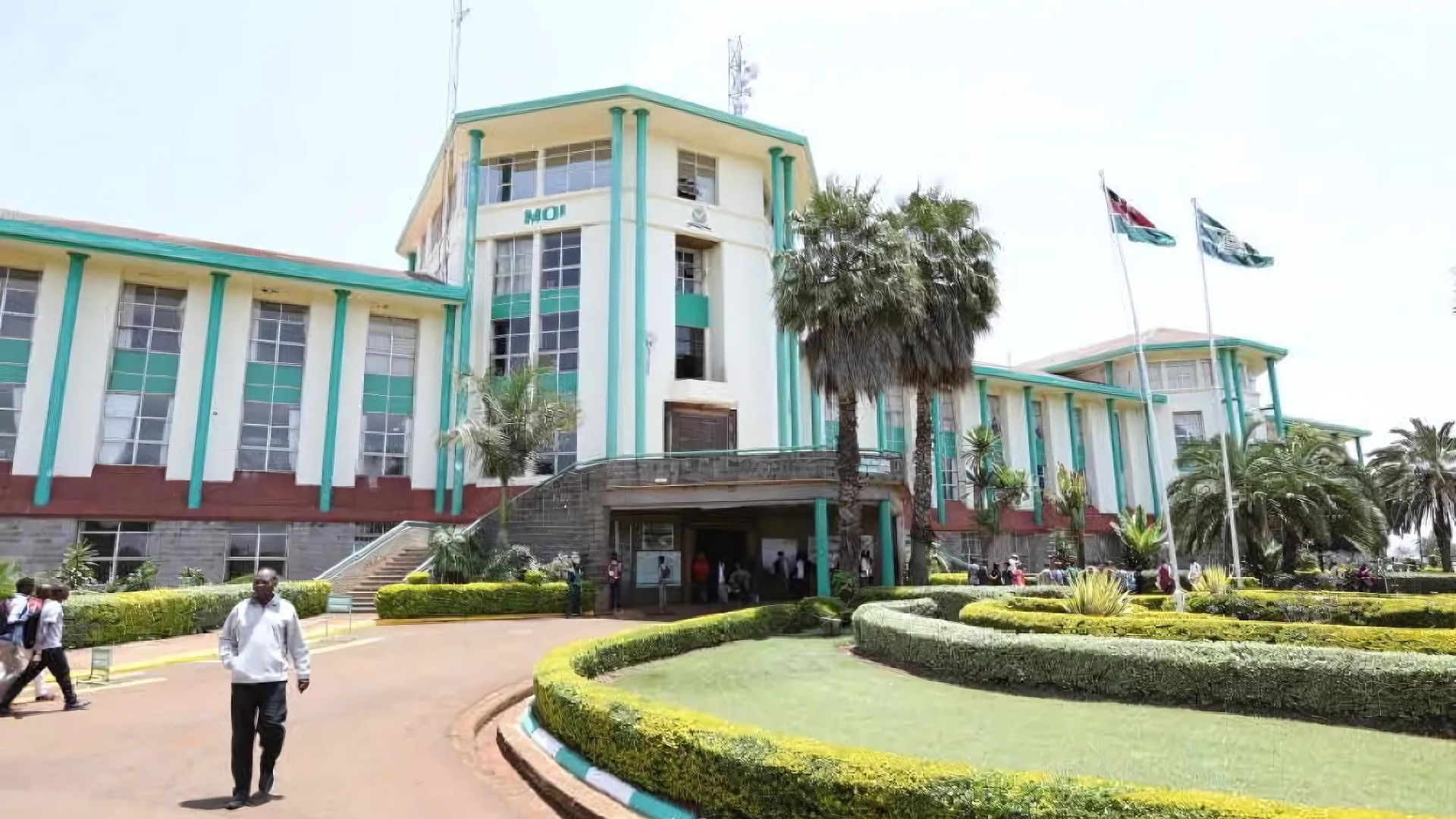The manicured hedges of Spring Valley, where jacaranda blossoms carpet winding driveways and security booms guard mansions that whisper old money, have long symbolized Nairobi's aspirational pinnacle. Yet, in the closing months of 2025, even this enclave of privilege feels the squeeze of a market in feverish ascent, as an acre of its verdant soil now commands Sh306 million—a 13 percent leap from the previous quarter that has realtors scrambling for superlatives and buyers recalibrating budgets. Across the city's glittering grid, similar tales unfold: Upper Hill, the commercial colossus of glass towers and diplomatic precincts, crowns the hierarchy at Sh555 million per acre, a 9.6 percent climb that cements its status as Kenya's priciest dirt. These figures, distilled from a comprehensive valuation matrix encompassing 18 upscale locales, paint a portrait of a metropolis where land is not merely earth but equity, its value propelled by a confluence of foreign inflows, infrastructural booms, and the unquenchable thirst for mixed-use sanctity in a capital perpetually outgrowing its seams.
The escalation begins at the apex with Upper Hill, where an acre fetches Sh554,600,000, a domain of boardrooms and embassies where the hum of deal-making drowns the distant roar of Ngong Road traffic. Westlands follows in lockstep at Sh504,000,000, its vibrant nexus of malls and nightlife drawing tech startups and expatriates alike. Parklands, with its leafy avenues and multicultural pulse, registers Sh465,600,000, while Kilimani's trendy apartments and cafes yield Sh422,800,000. Muthangari, a quieter bastion of gated elegance, rounds the top five at Sh400,900,000, each exceeding the Sh400 million threshold that demarcates Nairobi's true elite from the merely affluent. "We're witnessing a perfect storm of demand compression," explained veteran valuer Caroline Muthoni during a hushed consultation at her Westlands office, her desktop strewn with plots and projections. "Post-pandemic recovery, diaspora remittances hitting record highs, and the Nairobi Expressway slicing commute times—these aren't bubbles; they're structural shifts locking in premium valuations."
Descending the ladder reveals a tapestry of micro-markets, each with its allure and arithmetic. Riverside, cradled by the Nairobi River's meanders, commands Sh360,500,000 for its serene yet central repose, a haven for diplomats seeking proximity without the Upper Hill frenzy. Kileleshwa's undulating hills, dotted with mid-century villas undergoing modern facelifts, price at Sh329,400,000, while Spring Valley's aforementioned surge to Sh305,900,000 reflects a 13 percent quarterly spike driven by scarcity—fewer than 50 undeveloped acres remain in its core. Lavington, the perennial family favorite with international schools and equestrian clubs, holds at Sh272,700,000, and Gigiri, home to the United Nations complex and lush compounds, at Sh257,400,000. Muthaiga, the old-guard enclave of colonial bungalows and golf vistas, lists Sh234,100,000, its exclusivity tempered by larger plot sizes that dilute per-acre intensity.
Further afield, the values taper yet remain robust: Nyari at Sh119,400,000, Loresho's scholarly ambiance at Sh117,700,000, Kitsuru's expansive ranches at Sh100,700,000, and Runda's fortified estates at Sh98,200,000. Ridgeways, with its emerging high-rises, clocks Sh91,600,000, Langata's wildlife-adjacent charm Sh88,100,000, and Karen, the leafy suburb of horse trails and artisanal farms, closes the elite eighteen at Sh73,800,000. "The gradient isn't random," noted urban planner David Kamau over coffee at a Kilimani bistro, sketching zoning maps on a napkin. "Centrality, connectivity, and lifestyle convergence—these are the magnets pulling capital upward. Upper Hill benefits from commercial density; Spring Valley from residential rarity. It's Nairobi pricing its future."
The surge owes much to macroeconomic tailwinds that have coalesced in 2025. Kenya's GDP growth, projected at 5.8 percent by the Central Bank, rides a wave of export recoveries in tea and horticulture, bolstered by the African Continental Free Trade Area's early dividends. Foreign direct investment inflows topped $2.1 billion in the first three quarters, with real estate claiming 28 percent—up from 19 percent in 2024—fueled by Middle Eastern sovereign funds eyeing East Africa's gateway. The Nairobi Expressway, its toll booths now a familiar sight, has shaved 40 minutes off airport-to-CBD commutes, unlocking Upper Hill's latent potential for vertical mixed-use towers that blend offices, hotels, and penthouses. "Investors aren't buying land; they're buying time saved and views preserved," quipped developer Rahab Wanjiku, whose firm recently flipped a half-acre in Riverside for a 22 percent margin. "The expressway turned congestion into currency."
Diaspora dynamics amplify the frenzy. Remittances surpassed $4.2 billion annually, with Kenyans in the UK, USA, and UAE channeling funds into tangible assets amid global inflation jitters. Virtual viewings via drone footage and VR tours have democratized access, allowing a Dubai-based surgeon to snag a Kitsuru plot sight-unseen. "My family left in the '90s; now we're reclaiming roots with bricks," shared Dr. James Otieno during a Zoom closing, his screen flickering with title deeds. Local institutions join the fray: pension funds like NSSF allocate 15 percent portfolios to real estate, snapping up Parklands parcels for affordable housing mandates that yield social and financial returns. Saccos, flush with member contributions, pool for joint ventures in Lavington, where a syndicate of teachers recently subdivided an acre into quarters for boutique villas.
Supply constraints tighten the vise. Nairobi's urban footprint, hemmed by national parks and agricultural belts, offers scant room for horizontal expansion. Rezoning battles in the Nairobi County Assembly—pitting preservationists against densification advocates—have stalled greenfield releases, pushing premiums skyward. In Muthaiga, heritage listings on colonial-era homes cap teardowns, preserving charm but constricting inventory. "We're in a scarcity premium era," Muthoni elaborated, pulling up satellite overlays showing built-up ratios exceeding 85 percent in the top ten suburbs. "Redevelopment is the only path—knock down a 1960s bungalow in Kileleshwa, erect a 12-story mixed-use, and your land value triples before the foundation cures."
Quarterly increments tell granular stories. Spring Valley's 13 percent jump stems from a marquee transaction: a 1.5-acre diplomatic compound sold to a Qatari fund for embassy expansion, setting a benchmark that rippled through appraisals. Upper Hill's 9.6 percent reflects office vacancy drops to 11 percent—the lowest in a decade—as multinationals like Google and Mastercard consolidate regional hubs. Kilimani's steady 7 percent climb owes to Airbnb yields, where short-let apartments fetch 12 percent annual returns, luring retail investors from stocks. "It's a virtuous cycle," Kamau analyzed, his napkin now a web of arrows. "High values attract high-end amenities—gated communities with fiber optics, private gyms—which in turn justify higher values. The middle ring suburbs like Ridgeways benefit from spillover."
Socioeconomic undercurrents add nuance. Gentrification whispers through Parklands, where Asian-founded businesses yield to fusion cafes, pricing out longstanding residents. In Karen, equestrian estates morph into eco-lodges, preserving greenery but alienating farmhands. Affordability gaps widen: the median Nairobi household earns Sh85,000 monthly, rendering even Langata's Sh88 million acre a distant dream. "This isn't inclusive growth; it's exclusion by elevation," critiqued housing advocate Jane Muthoni at a Langata forum, her audience of tenants nodding amid eviction notices. County initiatives counter with satellite cities—Konza Technopolis siphoning tech overflow, Tatu City luring corporates—but Nairobi's core remains the lodestar.
Policy levers shape the trajectory. The Finance Act 2025's capital gains tax hike to 15 percent deterred flippers yet stabilized long-hold investments. Land Control Board approvals, streamlined via e-citizen portals, shaved transaction times from 90 to 45 days, greasing deals. Environmental mandates—rainwater harvesting in new builds, tree cover ratios—add costs but enhance desirability in Gigiri's diplomatic bubble. "Regulation isn't restraint; it's refinement," Wanjiku posited, touring a Riverside site where solar panels crown a upcoming tower. Infrastructure pipelines fuel speculation: the proposed Light Rail from JKIA to Upper Hill, budgeted at Sh200 billion, has valuers penciling 20 percent uplifts along the corridor.
Investor archetypes diversify the buyer pool. Beyond diasporans and institutions, high-net-worth locals—tech entrepreneurs from Ngong Road's Silicon Savannah, agribusiness tycoons from flower farms—dominate. A Runda consortium of avocado exporters recently acquired a Nyari acre for a private academy, blending philanthropy with appreciation. Foreign entities, undeterred by forex volatility, hedge with hard assets: a Chinese consortium eyes Muthangari for a medical hub, citing Belt and Road synergies. "Nairobi's land is Africa's blue chip," declared Li Wei, a Beijing-based fund manager, during a site visit, his translator relaying amid the clatter of surveyors.
The human element grounds the numbers. In Loresho, 72-year-old retiree Margaret Wanjiru contemplates selling her family's 0.75-acre holding, valued at Sh88 million, to fund grandchildren's education abroad. "This plot saw my wedding, my children's births; now it might see their futures," she mused, pruning roses that have bloomed for decades. In Kitsuru, young couple Mark and Sarah Njoroge, both bankers, pool bonuses for a downpayment on a quarter-acre, dreaming of a home office amid the oaks. "We crunch numbers daily; this is our hedge against inflation," Mark said, spreadsheet in hand. Realtors like Muthoni navigate emotions: "Every sale is a story—legacy preserved or pivoted."
Future trajectories hinge on variables. Interest rate cuts signaled by the CBK could unleash mortgage liquidity, broadening the buyer base beyond cash-heavy elites. The 2027 county spatial plan, under public participation, may unlock peripheral zones like Ruiru for satellite premiums, easing core pressure. Climate resilience—flood modeling post-2024 deluges—will favor elevated suburbs like Ridgeways. "Sustainability is the new luxury," Kamau forecasted, citing green-certified developments commanding 15 percent premiums.
As 2025 wanes, Nairobi's land market stands as a barometer of confidence: prices ascending not in isolation but intertwined with the city's pulse—its expressways unclogging arteries, its diaspora infusing vitality, its planners envisioning vertical villages. From Upper Hill's stratospheric Sh555 million to Karen's pastoral Sh73.8 million, the spectrum reflects a capital in metamorphosis, where earth beneath feet appreciates faster than savings in banks. For residents and investors alike, the message is clear: in Nairobi's elite enclaves, location isn't everything—it's the only thing, and its value, like the jacarandas in bloom, only deepens with time.
The valuation cascade extends analytical lenses. Upper Hill's dominance owes to zoning flexibility: plots permit 70 percent coverage ratios, enabling skyscrapers that monetize air rights. Westlands thrives on lifestyle integration—Westgate Mall's shadow casts long on adjacent values. Parklands benefits from community cohesion, its mosques and temples fostering stable tenancies. Kilimani's ascent tracks millennial preferences: walkable to bars, Uber-friendly. Muthangari, lesser-known, surges on privacy—wider roads, lower densities.
Quarterly comparatives reveal momentum: Spring Valley's 13 percent outpaces the 8.2 percent citywide average, a outlier driven by a single high-profile sale. Lavington's modest 4 percent reflects maturity—few virgin plots left. Gigiri's 6 percent ties to UN expansions, diplomatic leases guaranteeing occupancy. Muthaiga's 5 percent conservatism stems from heritage constraints. Lower tiers like Runda (3 percent) and Karen (2.5 percent) indicate saturation, values plateauing as buyers seek value in emerging rings like Kiambu Road.
Demographic shifts underpin demand. Nairobi's population, nearing 5.5 million, grows 3.9 percent annually, with upper-middle-class households—earning Sh500,000+ monthly—expanding 12 percent yearly per KNBS data. Expat inflows, 8,000 in 2025 alone, target Riverside and Gigiri for security protocols. "It's a seller's paradise, but buyers dictate terms with due diligence," Muthoni advised a client eyeing Kileleshwa, her checklist encompassing soil tests and title verifications.
Transactional anecdotes illuminate mechanics. A Parklands acre changed hands in 48 hours, cash wired from a London account, outbidding three locals. In Nyari, a family trust subdivided a two-acre holding, netting Sh238 million while retaining a homestead. Challenges persist: fraudulent titles in Langata snag 15 percent of deals, prompting blockchain pilots by the Lands Ministry. "Transparency is the next premium," Wanjiku asserted, showcasing a digital ledger for her Riverside project.
As the market matures, ancillary ecosystems flourish. Valuation firms like Muthoni's expand teams, incorporating AI for predictive modeling. Legal practices specialize in partition suits for inherited plots in Muthaiga. Financiers offer land-backed loans at 14 percent, down from 18 percent pre-rate cuts. "We're professionalizing passion," Kamau reflected, his firm consulting on the spatial plan's land-use chapters.
In this alchemy of earth and economics, Nairobi's premium suburbs embody resilience: prices rising not despite challenges—inflation at 5.1 percent, shilling volatility—but because of adaptive capital. From Spring Valley's gated serenity to Upper Hill's corporate thrum, the city's land narrative is one of ascent, a vertical horizon where yesterday's plots fund tomorrow's towers, and every acre tells a tale of ambition etched in escalating zeros.

